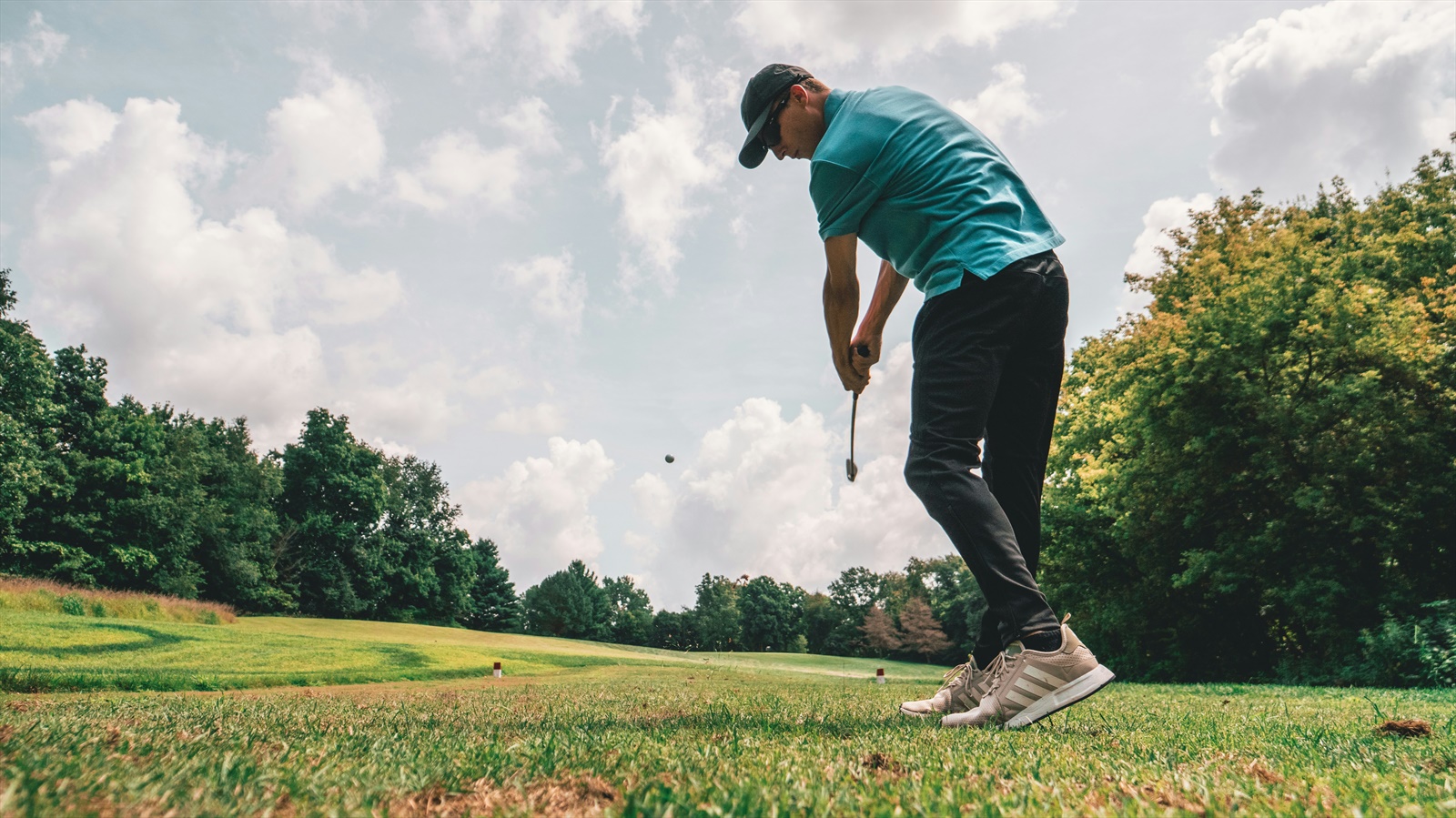
Golf is a beloved sport enjoyed by many for its combination of physical challenge and mental strategy. However, like any sport, it requires attention to physical health to avoid injuries and keep your muscles safe. Whether you're a seasoned golfer or a beginner, integrating proper techniques and exercises can significantly enhance your game and prevent muscle strain. Here are some top tips for playing golf while keeping your muscles safe.
Warm Up Before You Tee Off
Warming up is essential for preparing your body for the physical demands of golf. A good warm-up increases blood flow to your muscles, improving flexibility and reducing the risk of injury.
Dynamic Stretching
Start with dynamic stretches that mimic the movements you'll perform on the course. Arm circles, leg swings, and torso rotations can help loosen up your joints and muscles. Focus on stretches that target your shoulders, back, hips, and legs, as these areas are heavily used during a golf game.
Light Aerobic Activity
Engage in light aerobic activities such as brisk walking or jogging for five to ten minutes. This helps to increase your heart rate and body temperature, making your muscles more pliable and ready for action.
Practice Proper Swing Mechanics
A key component to preventing muscle injuries in golf is using proper swing mechanics. Incorrect form can lead to overuse injuries, particularly in the back, shoulders, and wrists.
Maintain Good Posture
nsure that you maintain a good posture throughout your swing. Stand with your feet shoulder-width apart, knees slightly bent, and spine straight. Avoid hunching over the ball, as this can strain your lower back.
Controlled Movements
Focus on controlled, smooth movements rather than trying to hit the ball with maximum force. A smooth, controlled swing allows for better accuracy and reduces the risk of muscle strain.
Engage Core Muscles
Engage your core muscles during your swing to support your spine and improve balance. Strong core muscles help distribute the force of your swing more evenly, reducing stress on your back and shoulders.
Incorporate Strength Training
Strength training is crucial for building the muscle endurance needed for a powerful and consistent golf game. Strong muscles also provide better support for your joints, reducing the risk of injury.
Focus on Key Muscle Groups
Prioritise exercises that strengthen the muscles used in your golf swing. These include your core, back, shoulders, and legs. Planks, rows, squats, and lunges are excellent choices for building strength in these areas.
Use Resistance Bands
Resistance bands are a great tool for golf-specific strength training. They allow for a range of motion that closely mimics the movements of a golf swing, helping to build strength and flexibility in the exact muscles you use on the course.
Stretch Regularly
Regular stretching is essential for maintaining flexibility and preventing muscle tightness. Incorporate stretching into your routine both before and after your game.
Post-Round Stretching
After your round of golf, perform static stretches to help relax and elongate your muscles. Focus on your hamstrings, quadriceps, hips, back, and shoulders. Hold each stretch for at least 30 seconds to give your muscles ample time to relax and recover.
Yoga for Golfers
Consider adding yoga to your fitness routine. Yoga enhances flexibility, balance, and core strength, all of which are beneficial for golfers. Poses like the downward-facing dog, warrior poses, and seated twists can help improve your range of motion and prevent injuries.
Stay Hydrated and Nourished
Proper hydration and nutrition are often overlooked but are vital for muscle health and overall performance on the golf course.
Drink Plenty of Water
Dehydration can lead to muscle cramps and fatigue, which can impair your performance and increase the risk of injury. Make sure to stay hydrated by drinking water before, during, and after your game.
Balanced Diet
Keep your body energised with a balanced intake of lean proteins, healthy fats, and complex carbohydrates. These nutrients provide the energy and muscle repair capabilities needed for a long day on the course. Foods like chicken, fish, nuts, whole grains, and plenty of fruits and vegetables should be staples in your diet.
Listen to Your Body
Perhaps the most important tip for keeping your muscles safe while playing golf is to listen to your body. Pay attention to any signs of discomfort or fatigue and take action accordingly.
Rest and Recovery
Ensure you get adequate rest between games to allow your muscles to recover. Overuse without proper rest can lead to chronic injuries that may sideline you for extended periods.
Seek Professional Advice
If you experience persistent pain or discomfort, seek advice from a healthcare professional or a physical therapist. They can provide specific exercises and treatments to address your issues and prevent further injury.
Conclusion
Golf is a rewarding sport that combines skill, strategy, and physical prowess. By taking the necessary steps to protect your muscles, you can enjoy the game while minimising the risk of injury. Warm up properly, practice good swing mechanics, incorporate strength training and stretching, stay hydrated and nourished, and listen to your body. Following these tips will help you maintain muscle health and improve your performance on the course.